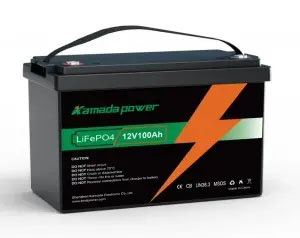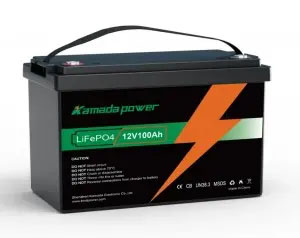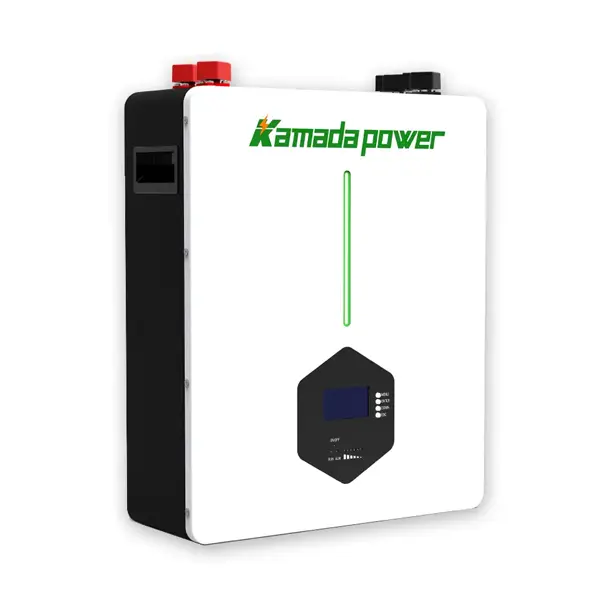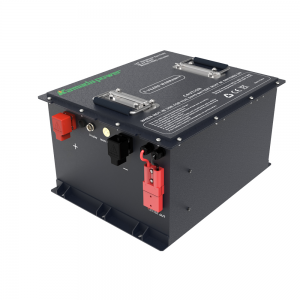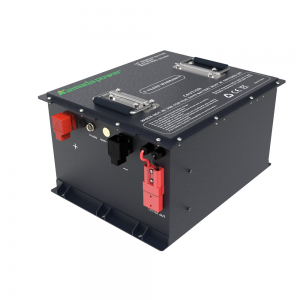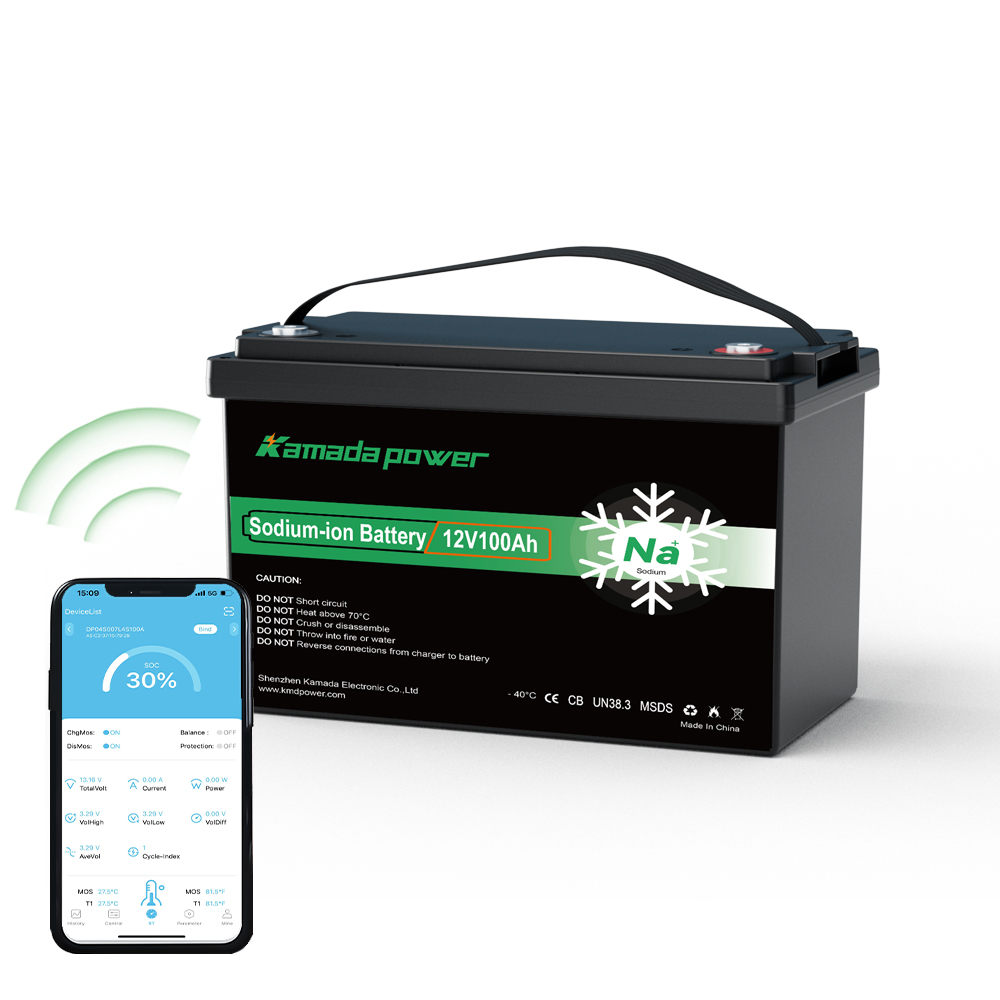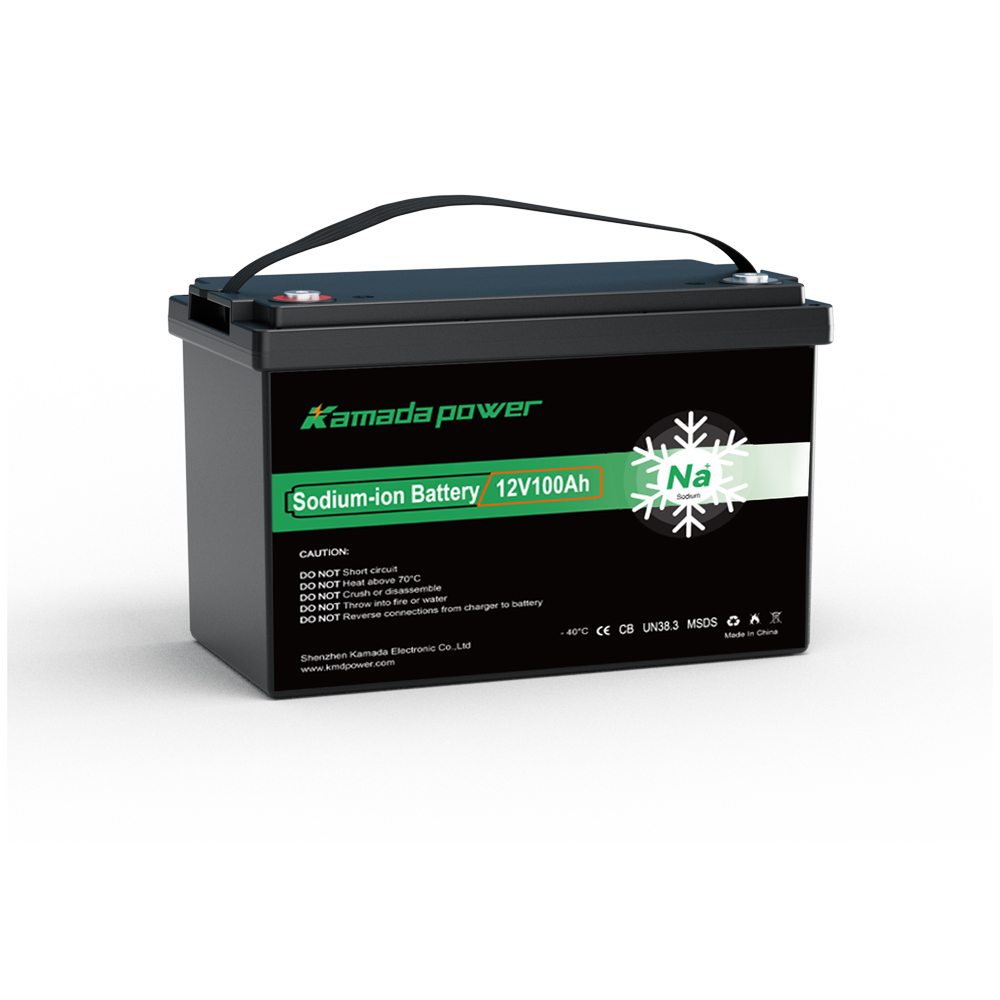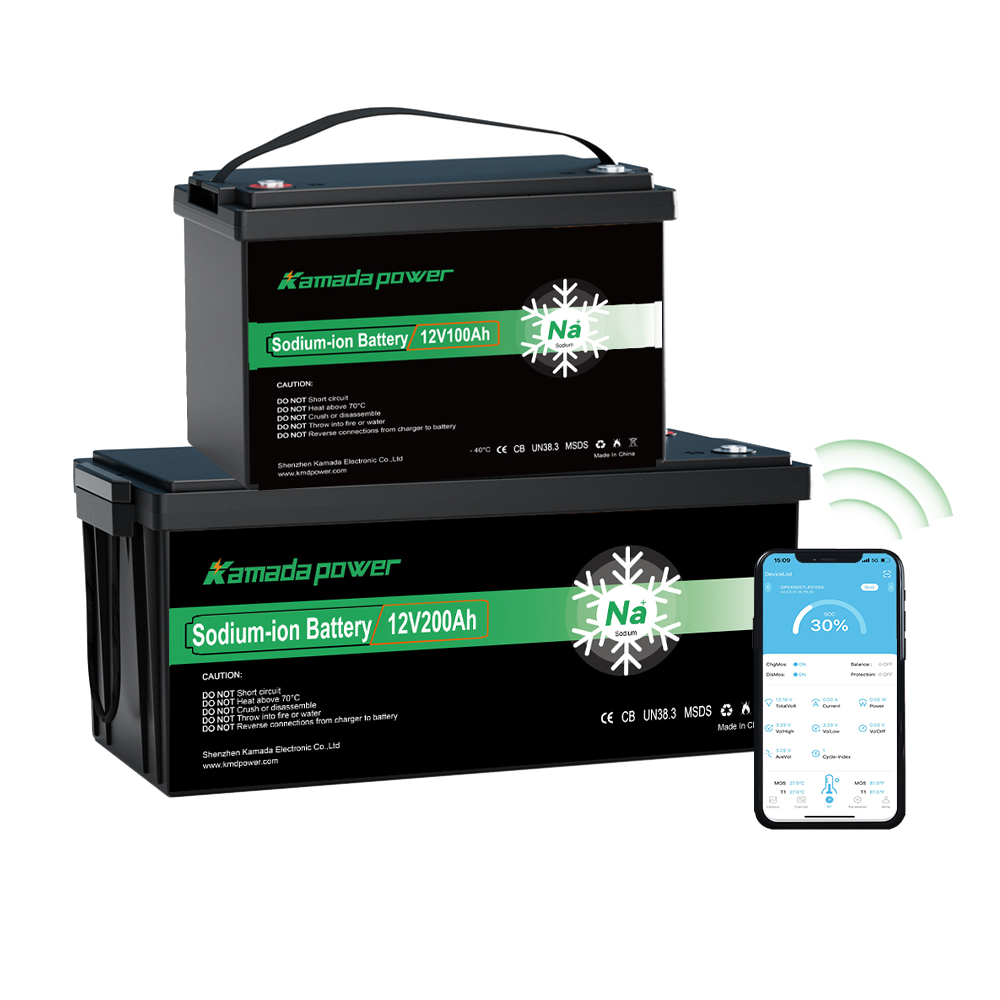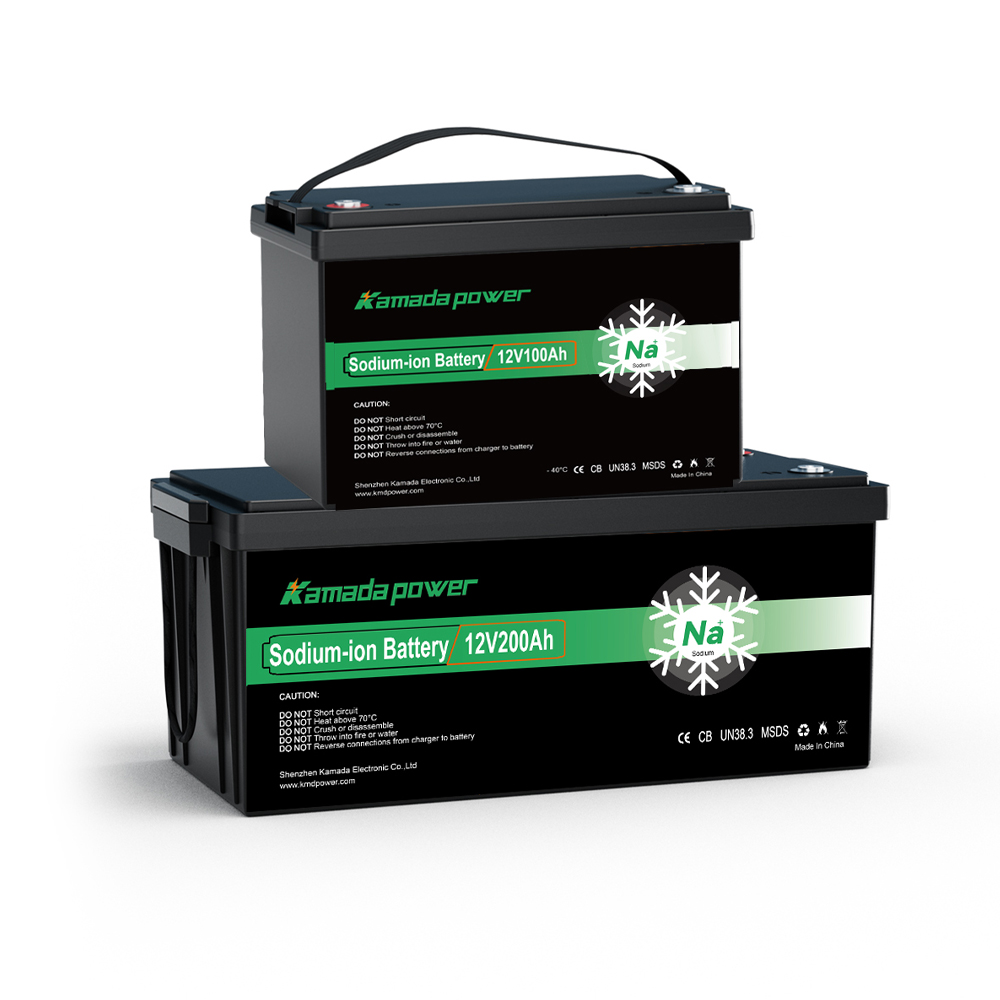What Does Energy Density Mean?
Introduction Why is energy density a crucial metric in battery technology? Industry conferences and product launches toss energy density around like confetti. Why does it matter so much? At its core, energy density determines how much power you can cram into a given weight or volume of battery. Frankly, it promises more energy, less bulk,…

